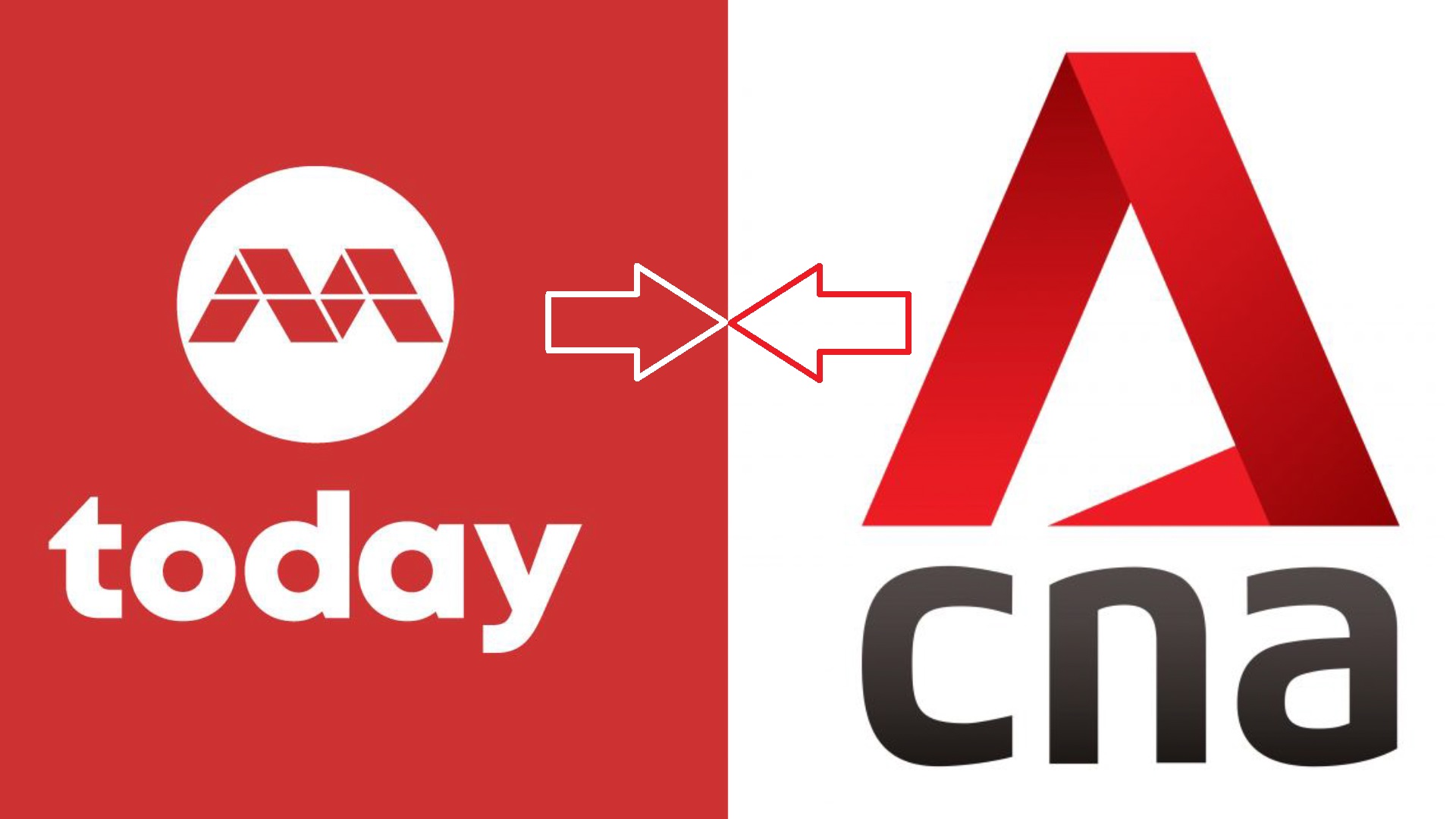Goodness, it has been 24 years since my former Singapore Press Holdings colleague P N Balji – ex-New Nation, ex-The New Paper – started Today as its founding editor.
It has just been announced that the online paper, which began in 2000 as a physical free morning tabloid, will become a long-form weekend magazine as part of CNA.
Mediacorp editor-in-chief Walter Fernandez attributed the decision to the worldwide increase in news fatigue and active news avoidance, which he said have been exacerbated by changes to the algorithms of certain social media platforms to de-emphasise news and reduce its discoverability.
I want to talk a bit about the early days of Today before delving into what Fernandez described as news fatigue and active news avoidance in the current media environment.
I was actually approached in 1998/1999 to explore the possibility of starting a mass transit-free sheet. A group of people (I will not name them) were themselves approached by the METRO media group in Sweden.
METRO was a world pioneer in the business of publishing free sheets aimed at the mass transit crowd. They wanted to see whether it was possible to establish one in Singapore, given that the MRT has been developing nicely since it began running in 1987.
Indeed, there had already been a local attempt to capitalise on such an MRT-targeted readership market. That free sheet, however, was a straightforward extended multi-page flyer, with job listings and minimum writeups, distributed free to interested commuters.
I had several meetings with the group of people who in fact brought along the CEO of METRO for one or two meetings. I myself roped in two ex-SPH colleagues for the meetings. I was even asked to look at possible places for the paper’s office.
Evidently, however, the project took a life of its own and ended up with the SMRT and Mediacorp coming into the picture and Balji becoming the editor.
In the pioneer years, Today gave The Straits Times some credible competition, as was usually the case with most underdogs fighting for their place in the sun.
Anyway, the result was that Singaporeans enjoyed the interesting privilege of having two well-produced, good-quality, credible and engaging free sheets to pick up at the MRT stations in the morning and during the lunch hour.
SPH had also launched its Streats tabloid to fight Today. It got Paul Jansen, one of its veteran journalists, to run the paper, and it also pulled in another veteran, Conrad Raj, to add news value. There was real rivalry, with Today’s David later even pitching itself higher to take on the ST’s Goliath.
It was quite common to see people carting off piles of Today and Streats, probably to distribute them in their offices. Those were the glory days. The news industry has undergone some seismic changes since then.
Suffice to say that print newspapers have long been disrupted by the internet into a sunset story, with concerned observers worried about the impact of the loss of credible sources of important news on the proper functioning of government and democracy.
Dealing with ill-informed citizens or those who exist only in their own silos will be a challenge. Australian media mogul Rupert Murdoch has just declared that print newspapers have as little as 15 years left to be viable.
“Fifteen years, with a lot of luck,” Murdoch, chairman emeritus of News Corp and founder of The Australian, said in a documentary commemorating the 60th anniversary of the newspaper.
What has also been happening is that as print newspapers, functioning with professional journalists, turn into dust, alternative online media have been rushing in to fill the vacuum. The unravelling of the industry is still going on.
Meanwhile, there is worldwide news fatigue and active news avoidance.
According to the British Broadcasting Corporation, a global study found that more people are turning away from news, describing it as depressing, relentless and boring.
Oxford University’s Reuters Institute discovered that almost four in 10 (39%) people worldwide said they sometimes or often actively avoid the news, compared with 29% in 2017.
A total of 94,943 adults across 47 countries were surveyed by YouGov in January and February for this year’s Digital News Report by the Reuters Institute.
Who knows. Most things come in cycles, like fashion or even politics.
As people’s attention span is still adjusting to the new world where attention-grabbing content creators rule and getting viral is the new drug, there might be a renewed yearning later for news or stories that matter.
From news fatigue to news yearning for a better understanding of an increasingly complex world.
Tan Bah Bah is a former senior leader writer with The Straits Times. He was also managing editor of a magazine publishing company

